Women remain largely under-represented in Swiss museums
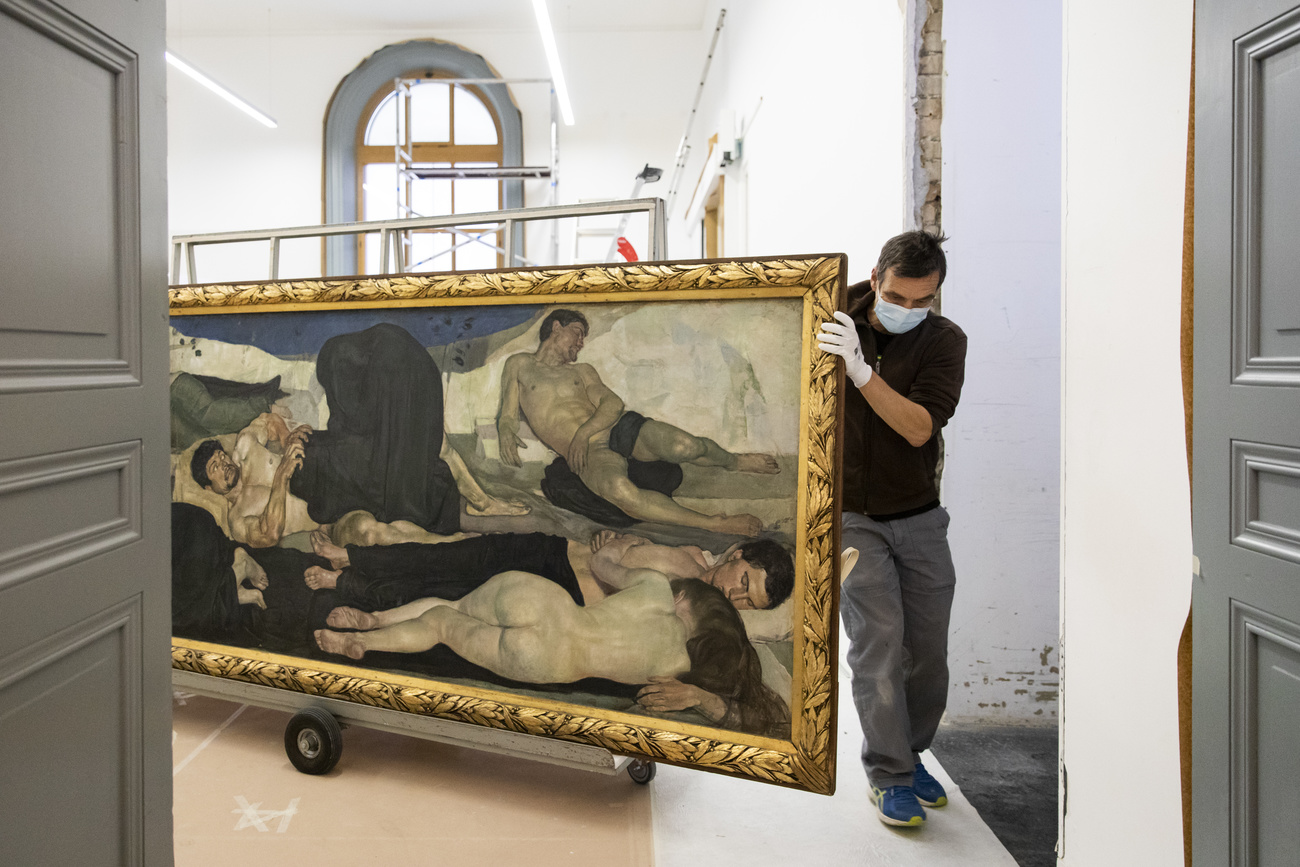
Two years ago SWI swissinfo.ch carried out a survey that revealed striking inequalities faced by women artists in terms of visibility in Swiss art museums. Not much has changed since then.
If you decide to visit one of the big Swiss museums this summer, you can admire the works of August Gaul at the Kunstmuseum in Bern, those of Adolf Wölfli at the Zentrum Paul Klee and Gerhard Richter at the Kunsthaus Zurich.
To see works by women artists, you would have to go to the Kunstmuseum in Basel. After Sophie Taeuber-Arp, Kara Walker will occupy space there before ceding it to Camille Pissarro, Tacita Dean and Ruth Buchanan this autumn.
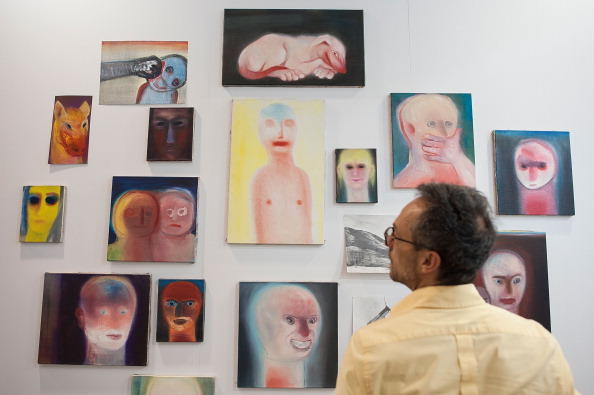
More
Women artists struggle for visibility in Swiss museums
Of the seven biggest Swiss art museums – as defined by our representative study in 2019 – the Basel museum is the only institution to have presented an equal gender programme in the last two years, with seven solo exhibitions devoted to women and 11 devoted to men, including two collectives. Swissinfo monitored the representation of women artists in the websites of the ten biggest art institutions in July.
Kunstmuseum Lucerne:
Vivian Suter – Retrospective (6.11.2021-13.2.2022)
MCBA Lausanne:
- Sandrine Pelletier –The Crystal Jaw (18.6.-29.8.2021)
- Aloïse Corbaz — La folie papivore (22.10.2021-23.1.2022)
Kunstmuseum Basel:
Kara Walker — A Black Hole Is Everything a Star Longs to Be (5.6-26.9.2021)
Aargauer Kunsthaus:
Sammlung im Fokus: Sophie Taeuber-Arp in unbekannten Fotografien (27.3-24.10.2021)
Kunstmuseum St Gallen
- Martina Morger — Lèche Vitrines (17.9.2021-6.3.2022)
- Marie Lund (30.10.2021-27.3.2022)
Muzeum Susch:
Laura Grisi — The Measuring of Time (5.6.-5.12.2021)
Kunstmusem Solothurn:
Kathrin Sonntag — ichduersiewirihrsie (19.6-12.9.2021)
Musée des beaux-arts Le Locle:
- Mauren Brodbeck — Anima (8.5-26.9.2021)
- Anastasia Samoylova — Grand Canyons (8.5-26.9.2021)
- Ester Vonplon — Flügelschlag (8.5-26.9.2021)
Kunsthalle Zurich:
Lorenza Longhi — Minuet of Manners (12.6-5.9.2021)
Museum Haus Konstruktiv Zurich:
Dora Maurer (10.6-12.9.2021)
Museo villa dei Cedri Bellinzone:
Aoi Huber Kono — Acqueforti, acrilici, arazzi (29.7-5.9.2021)
Several museums explained the under-representation of women in their collections and historical exhibitions by saying they lacked time to discover women, who were often eclipsed by their fathers or husbands.
The break imposed on them by the pandemic hasn’t furthered the cause of women artists. Institutions have instead concentrated their efforts on maintaining their connection to the public by offering virtual visits via YouTube or interaction with the museum team on social media networks.
Little steps for women
Following our first survey, a few things did move though. Institutions and players in the museum sector discussed the question, the debate has been launched and public pressure on museums has increased. However, changes have been modest: the women-only programme at the Musée des beaux-arts in Le Locle in 2019 was a solitary beacon of light amid the gloom.
In Zurich, a collective of anonymous artists has begun to denounce discrimination against women artists, whether in the media or in art galleries. Particular attention is given to the areas where public money is spent, such as acquisitions of art for public spaces in the city, or for the Kunsthaus’s new building in Zurich.
Instead of wearing gorilla masks, this collective – whose activities recall the 1980s protest movement of the famous Guerrilla Girls in the US – opted to create a fictional character with a highly symbolic name, Hulda Zwingli, who uses social media networks to publish questions raised by her walks along Bahnhofstrasse or Europaallee, two famous Zurich streets.
In French-speaking Switzerland, the art historian Marie Bagi created the organisation Espace Artistes Femmes (Space for Women Artists) to increase recognition for women artists. For now it is only accessible virtually, but the physical space will open in Lausanne in November.
“Now that there is a little bit of pressure, we see more solo exhibitions and demands for women museum directors,” says Chus Martinez, head of the Institute of Art at the University of Applied Sciences and Arts of Northwestern Switzerland. “But this could change. When people feel under less scrutiny, they could start to take backward steps. This can’t be just a trend – society must demand durable changes. I think quotas are essential until these choices become natural.”
Promoting gender equality in the cultural sector was also enshrined in the Swiss government’s message relating to culture policy adopted at the beginning of 2020 for the period 2021-2024. The first step is to obtain more detailed statistics: a pre-study commissioned by the Swiss arts council Pro Helvetia recently confirmed that inequalities are not just confined to museums. The Swiss Arts Council launched its “Start Diversity” workshops to promote gender equality, among other things, at the heart of institutions.
For the moment, the financing allocated by the Federal Office of Culture (FOC) to museums has no “equality clause.” “The Federal Office of Culture issues no supplementary directives concerning gender representation attached to its contributions to museums. However, this is a point to pay attention to in future and to take up again after it has access to the aforementioned data which will allow it to better understand the reality of museums,” says FOC Director Isabelle Chassot.
International example
The visibility of female artists is a question debated in other countries. In Canada, the Musée des beaux-arts has created two posts to promote diversity. In Spain, the Prado has revisited its collection to exhibit more works by women artists. They remain, however, in the minority (13, compared with 130 men). In 2020, the Baltimore Museum of Arts purchased only works by women artists.
After 14 years of research, restoration and exhibitions, the NGO Advancing Women Artists, created in 2009 in Florence, has just ended operations after identifying 2,000 works located in the depots of Italian museums. In France, Camille Morineau, a former curator at the Pompidou Centre in Paris, founded AWARE in 2014 – an association whose goal is to raise the visibility of women artists of the 19th and 20th centuries by producing free content about their work.
A shift in perspective
Soon, it will no longer to be possible to play the invisibility card. Will the discussion return to the question of quality? “We have to let our eyes and our senses adjust to new qualities,” Chus Martinez says. “We must avoid responding to what white men consider quality, but it is also up to white men to understand our qualities. We can either say ‘these women don’t have the qualities we are seeking’ or ‘this man hasn’t understood the values and qualities we offer.’”

In compliance with the JTI standards
More: SWI swissinfo.ch certified by the Journalism Trust Initiative
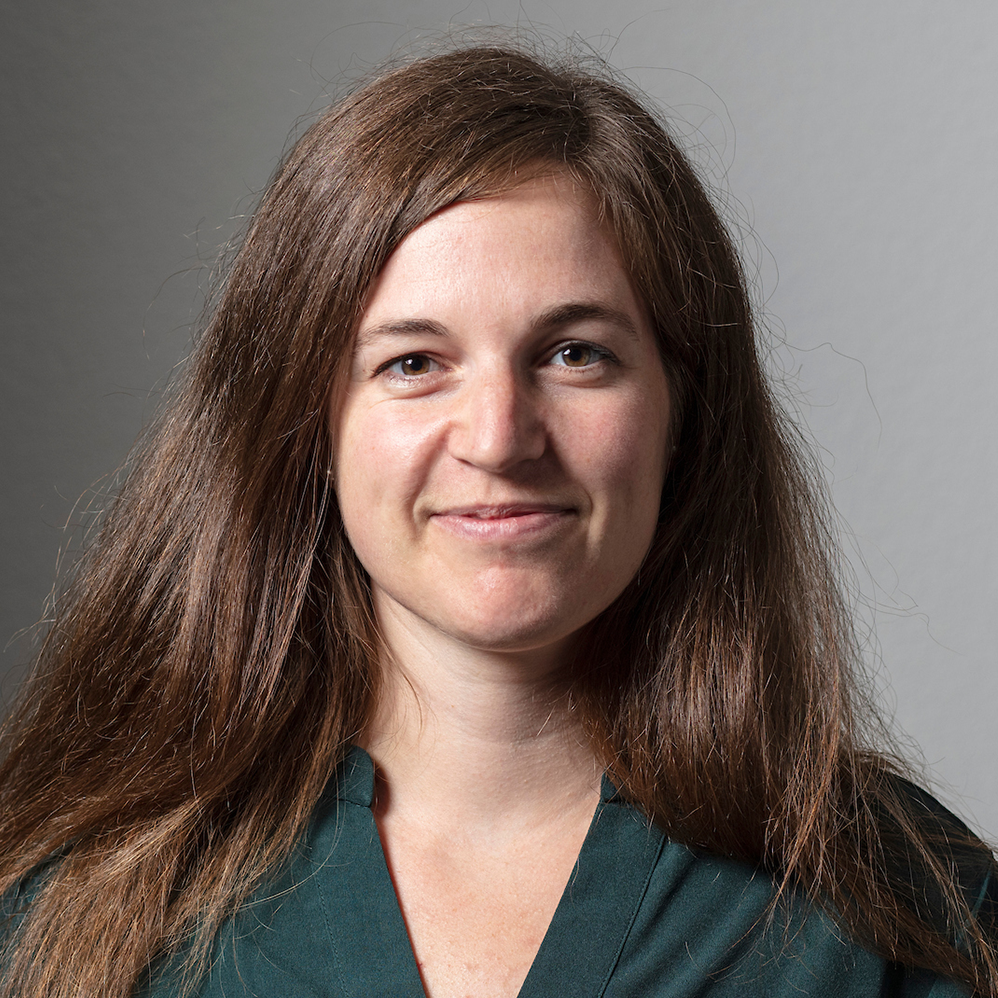
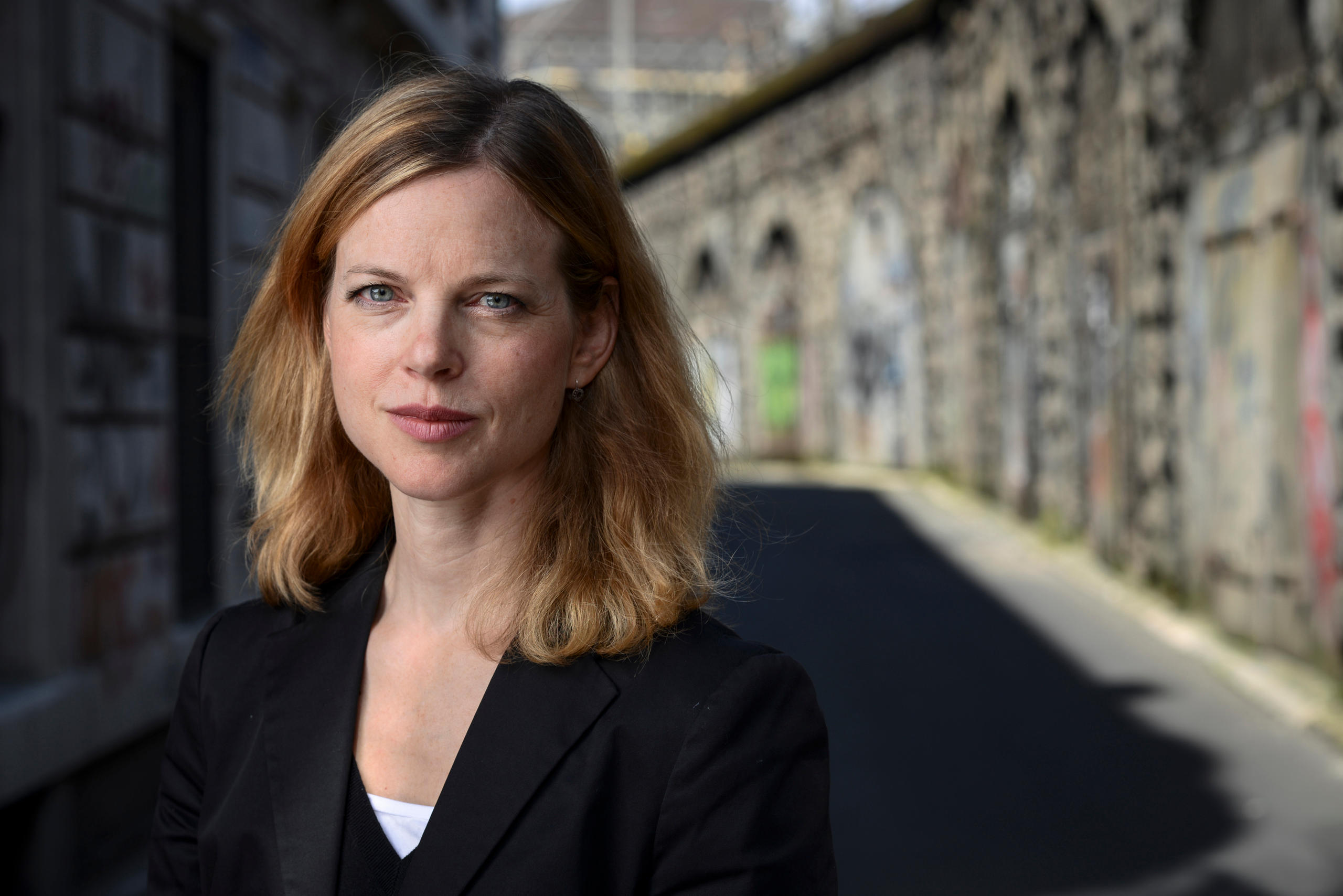
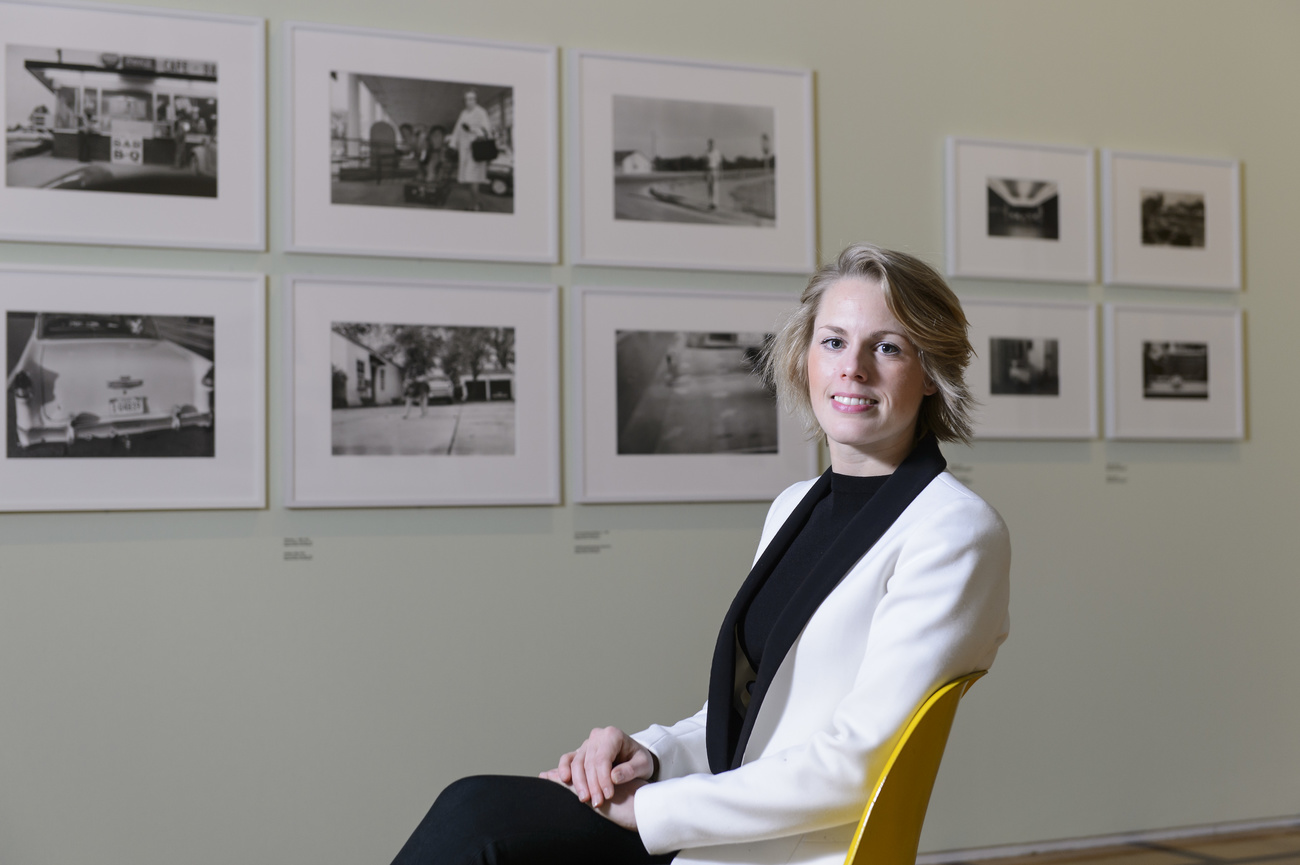
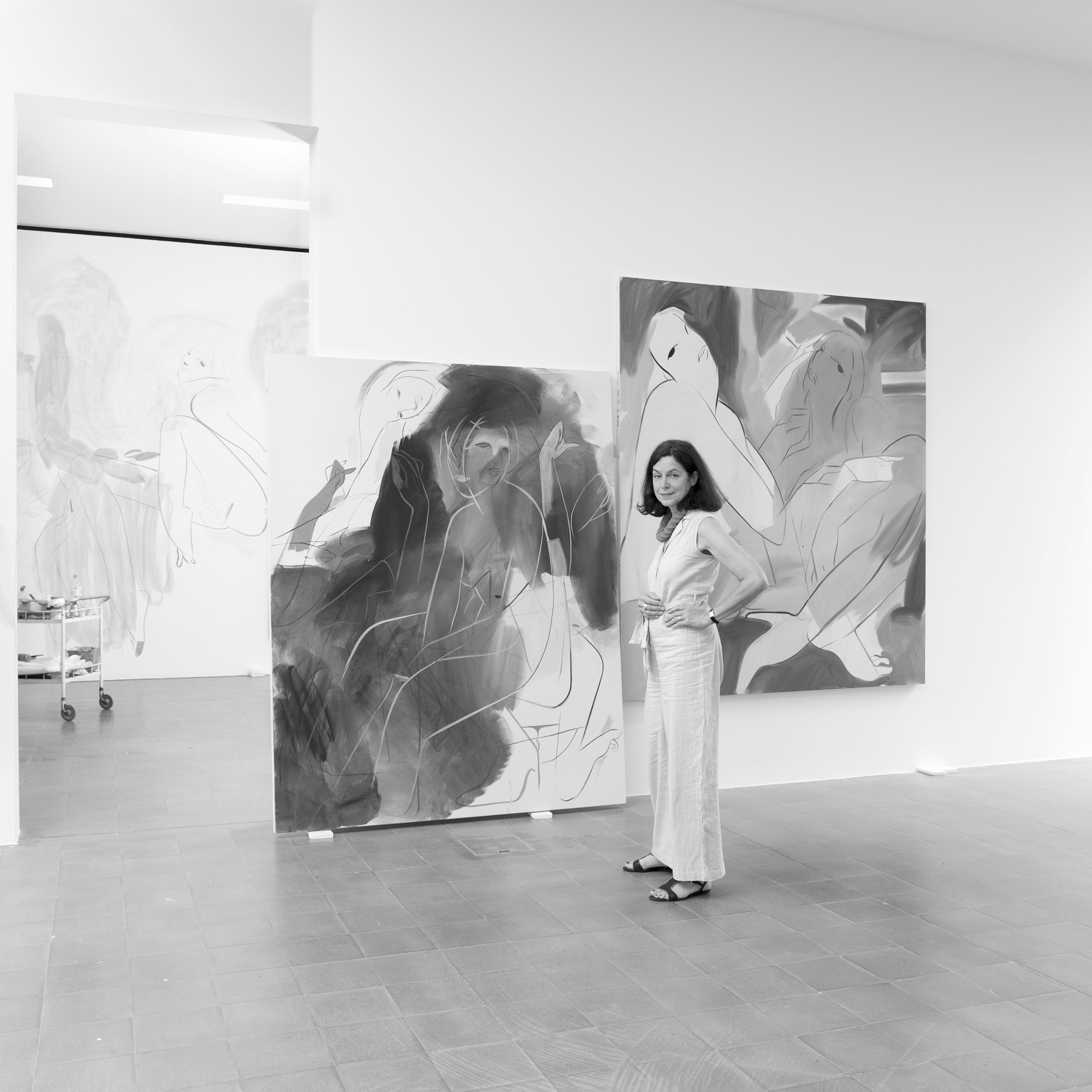
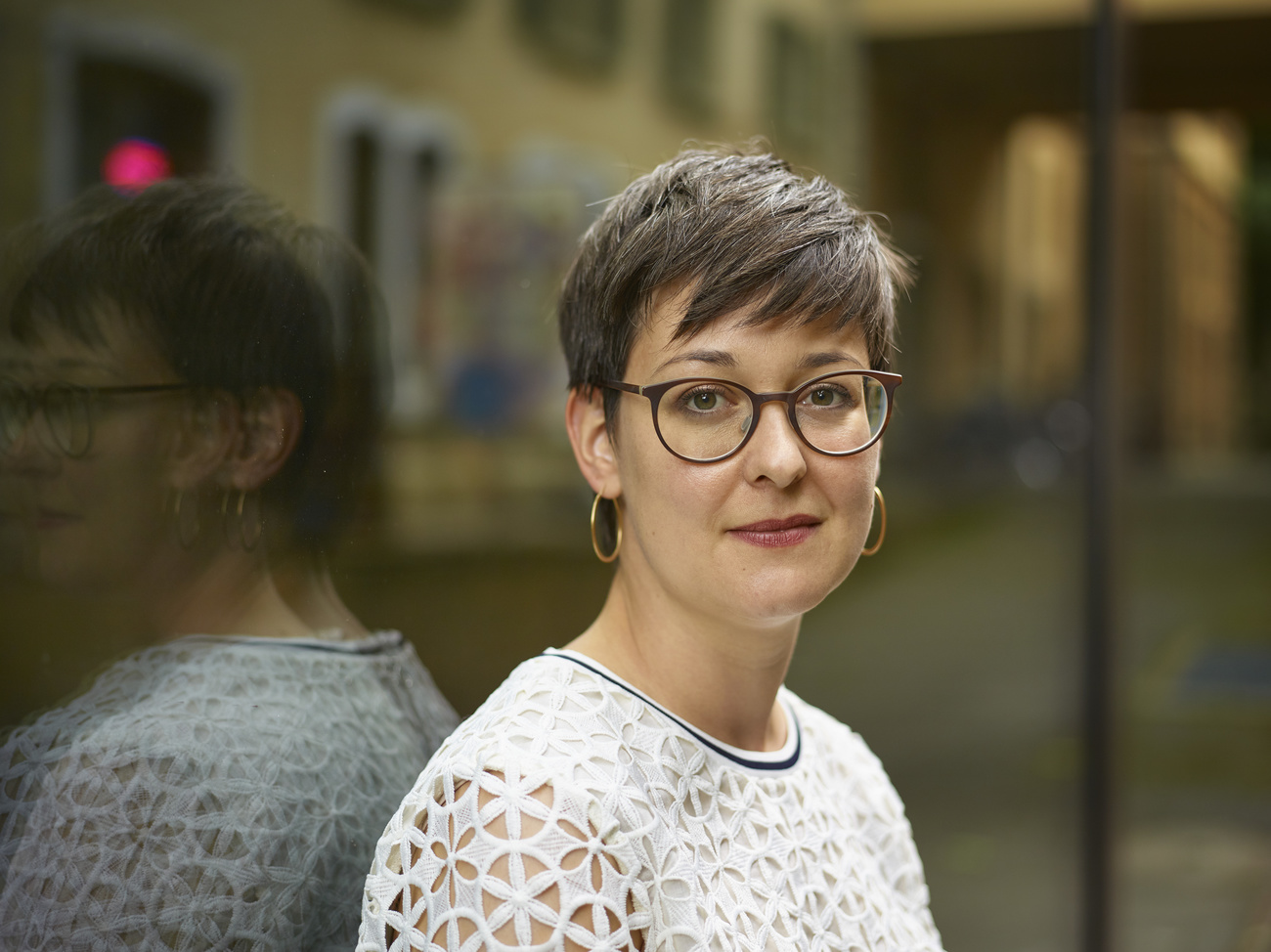
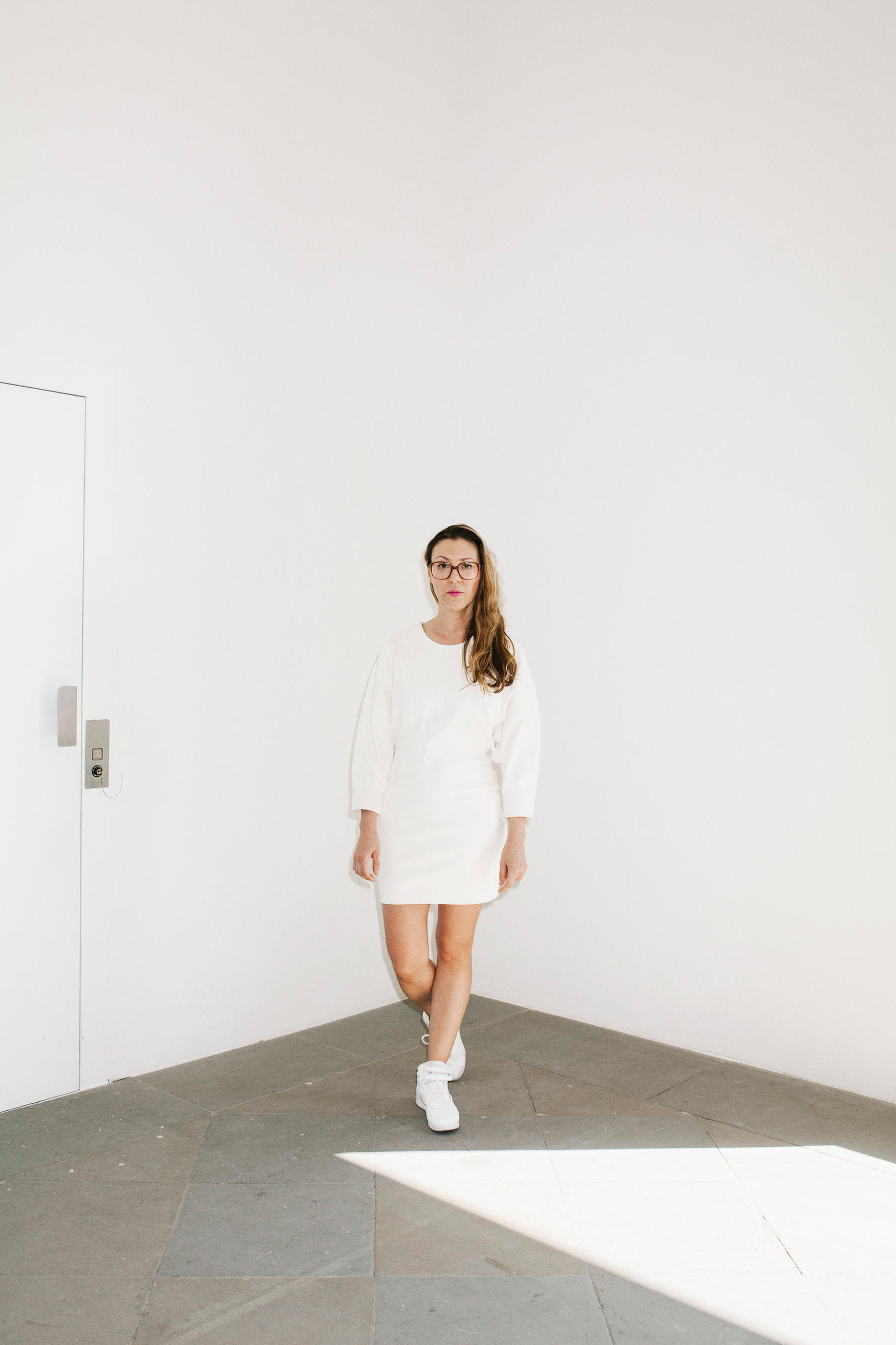
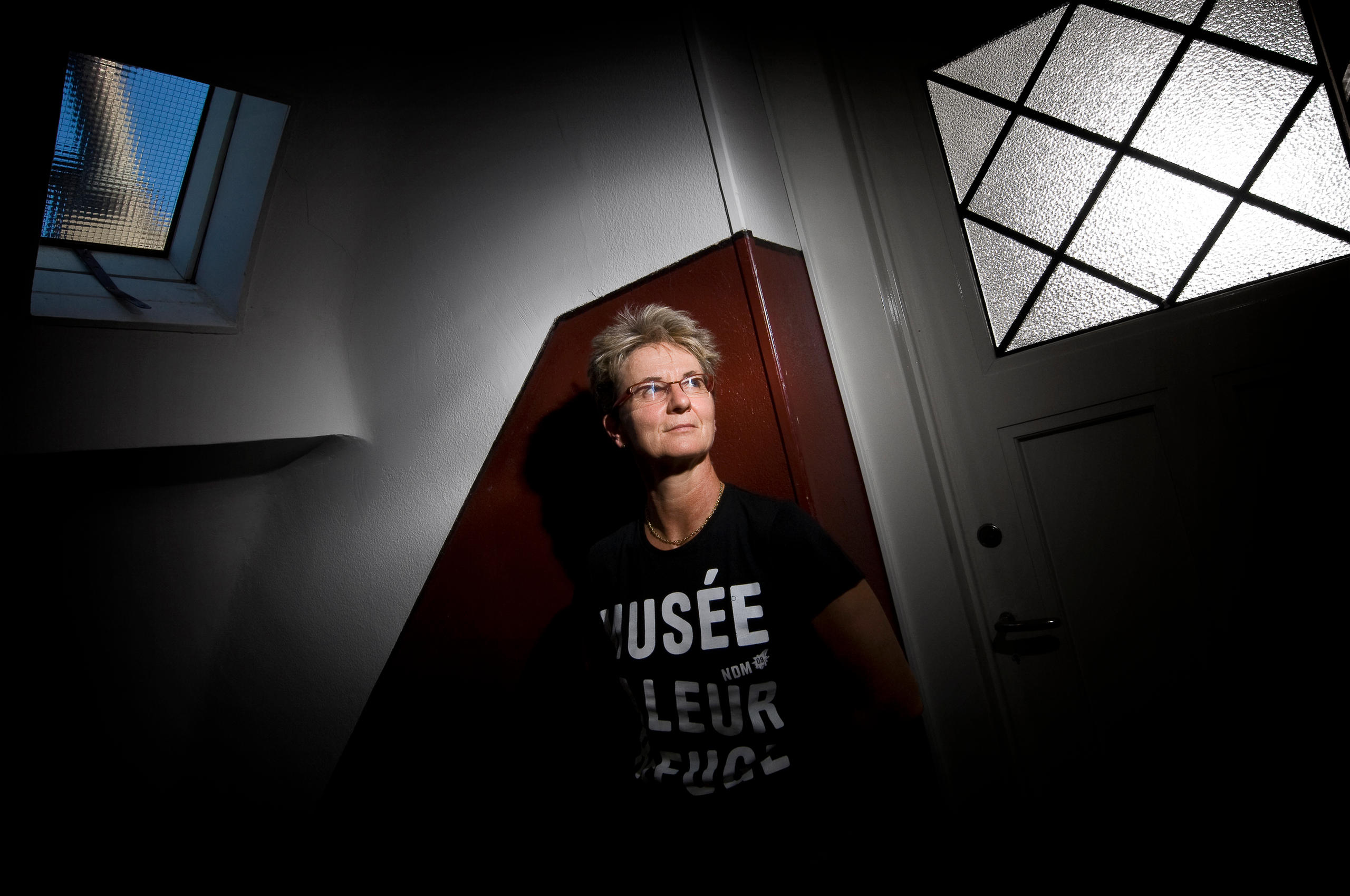
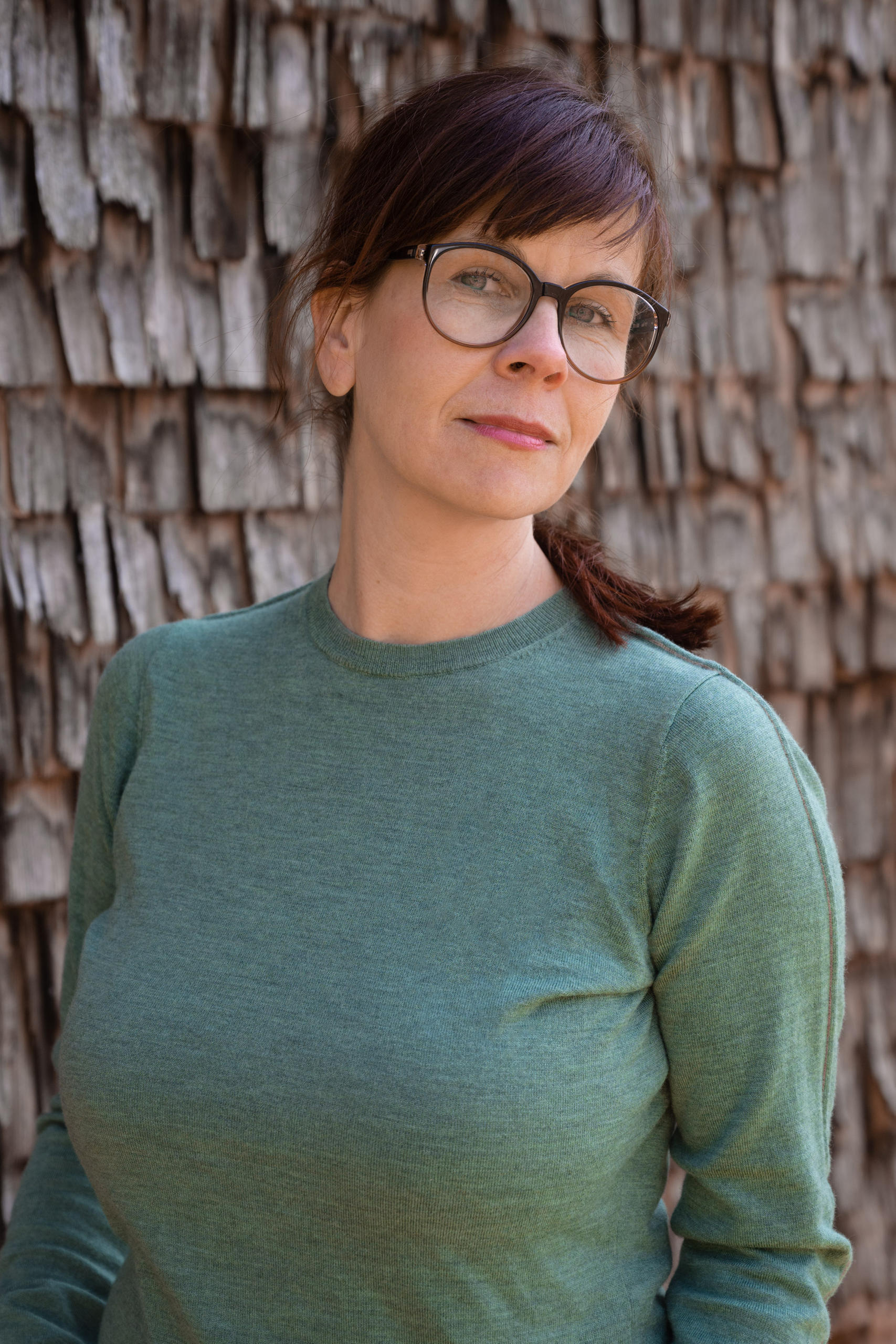
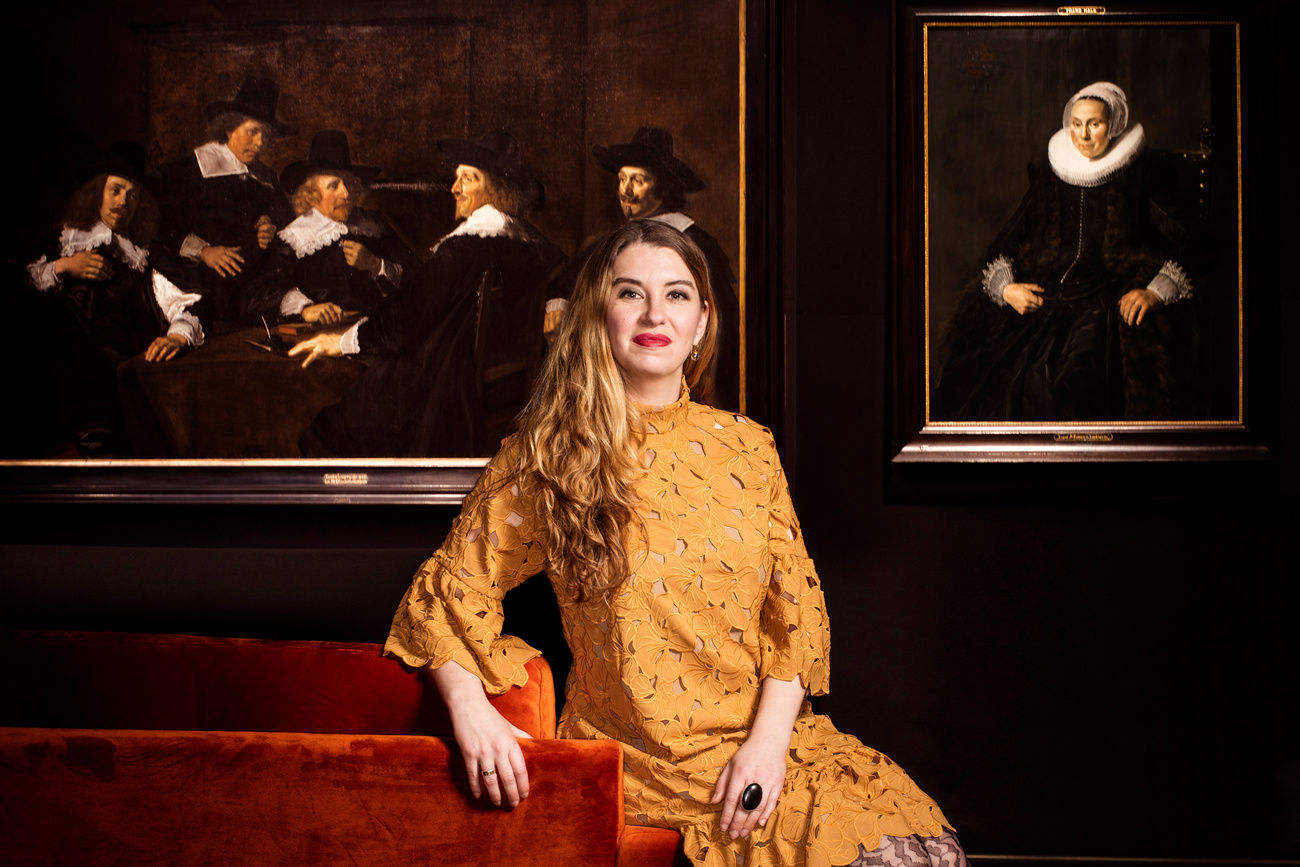
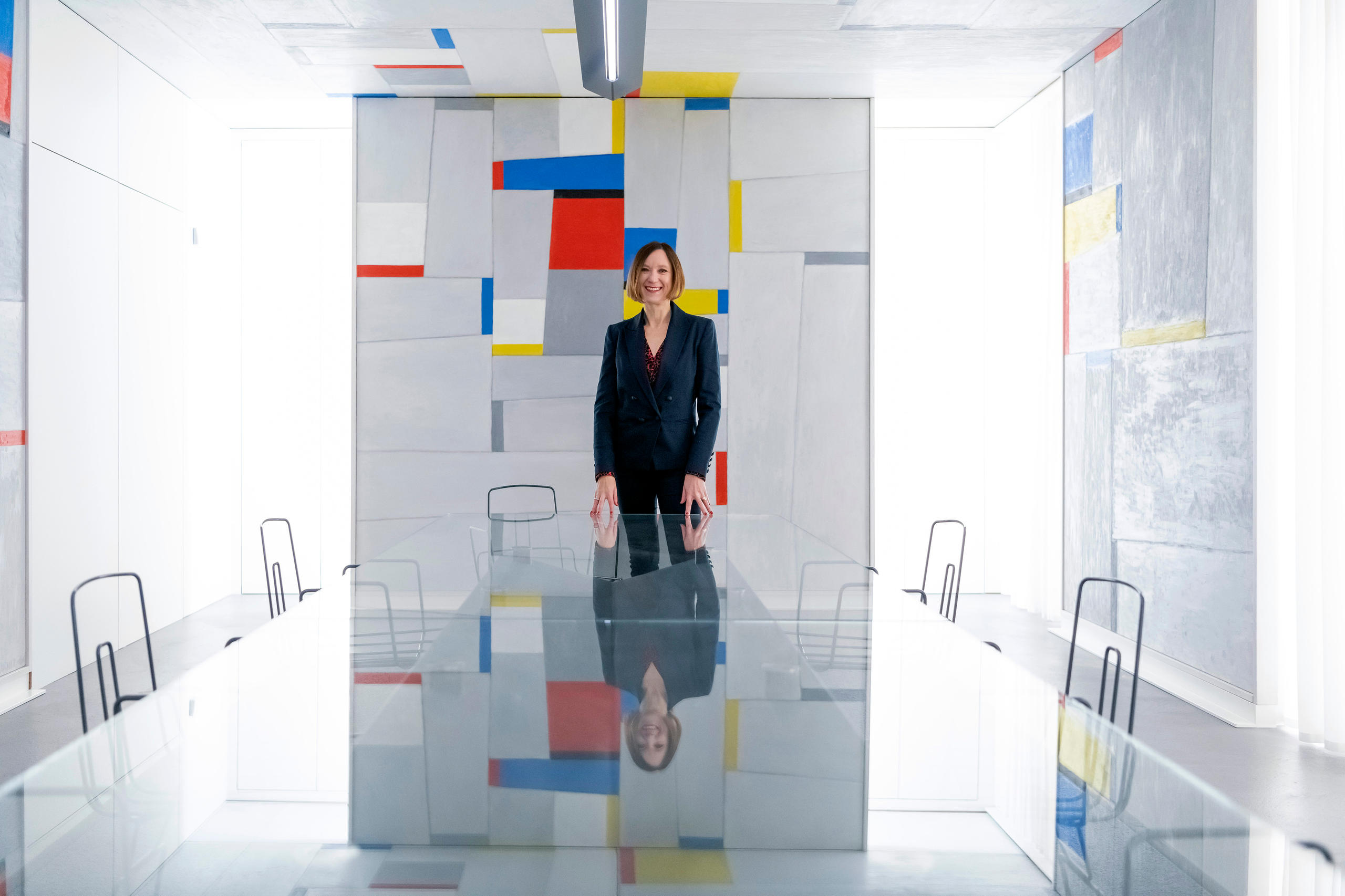
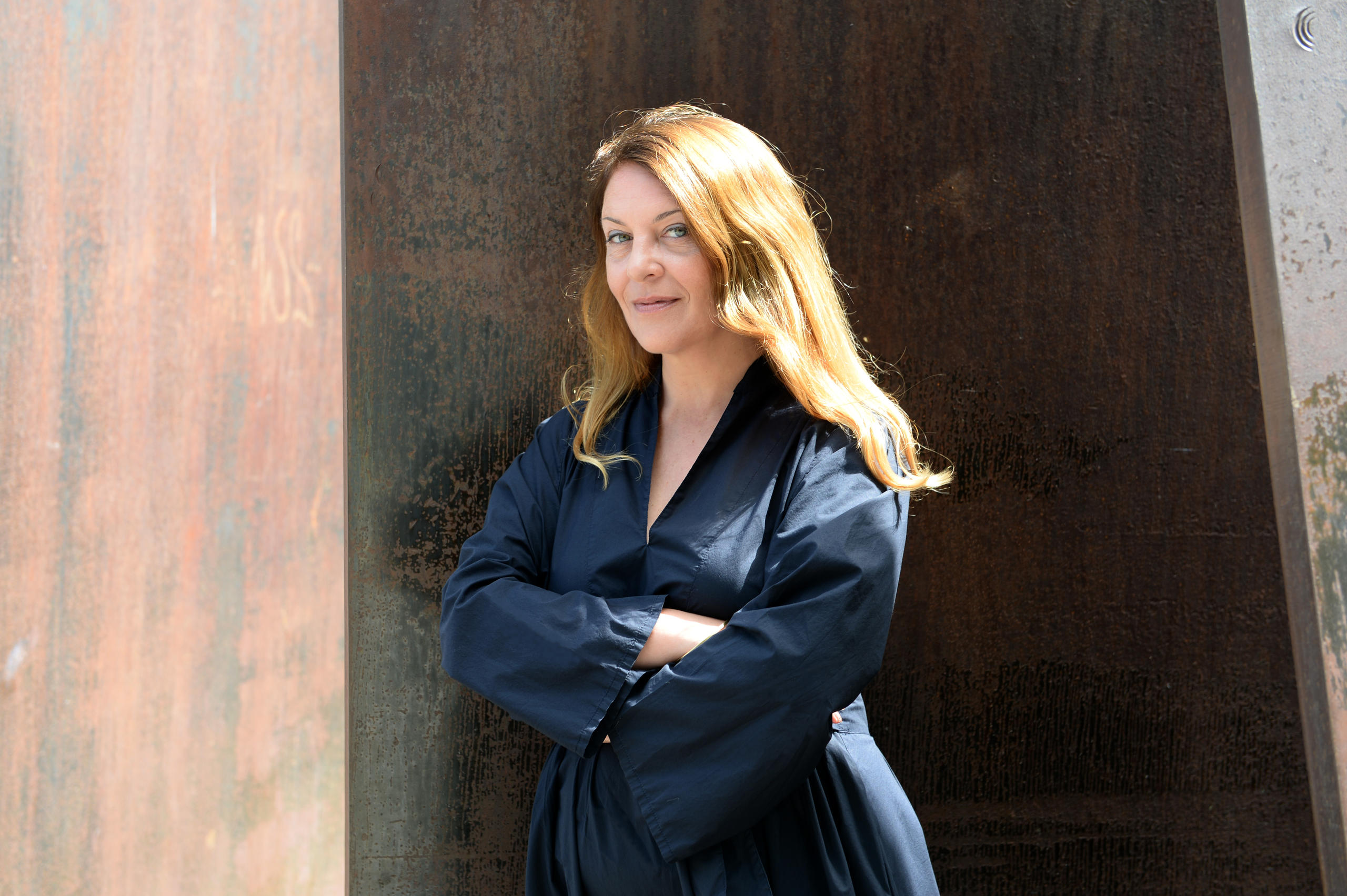
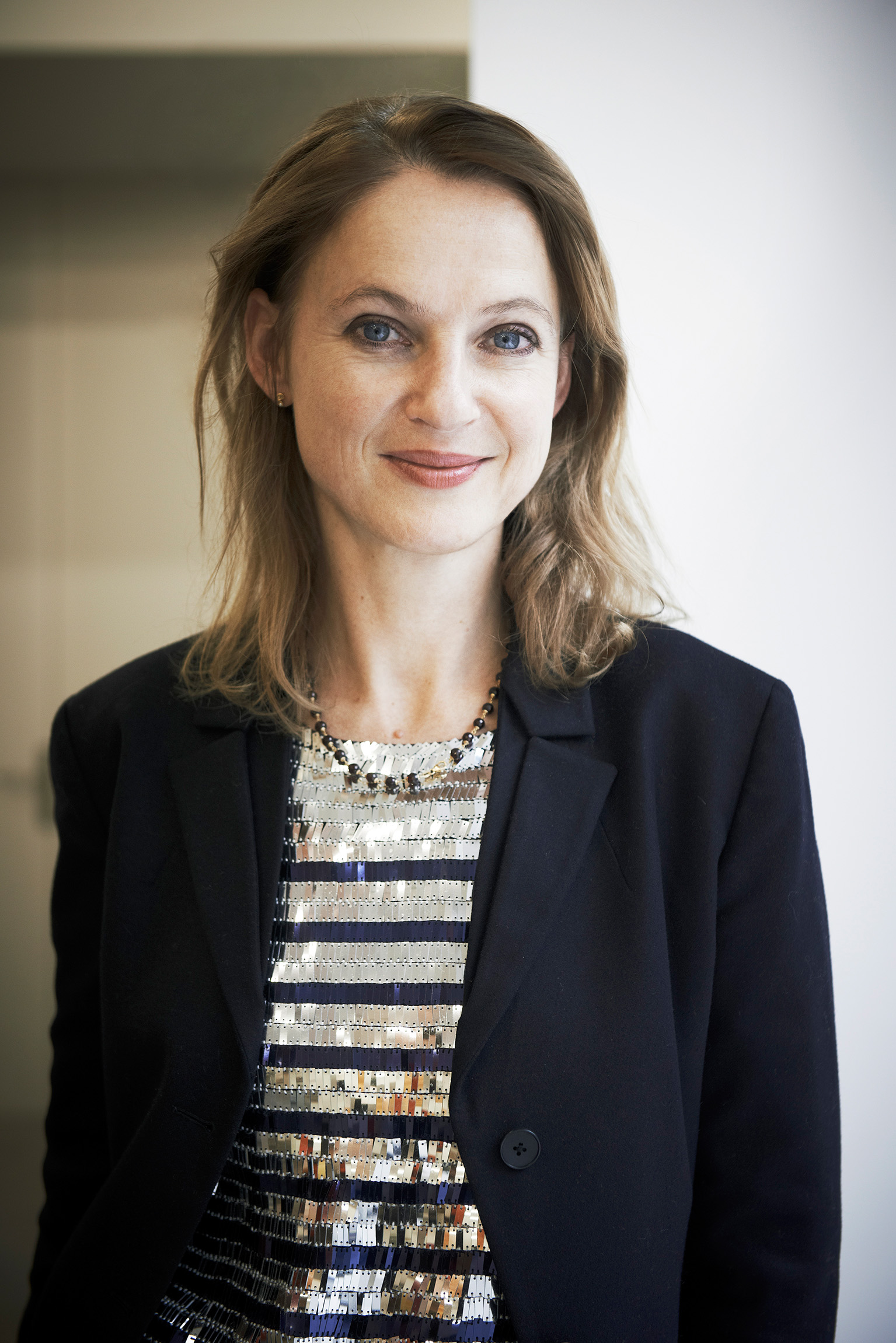
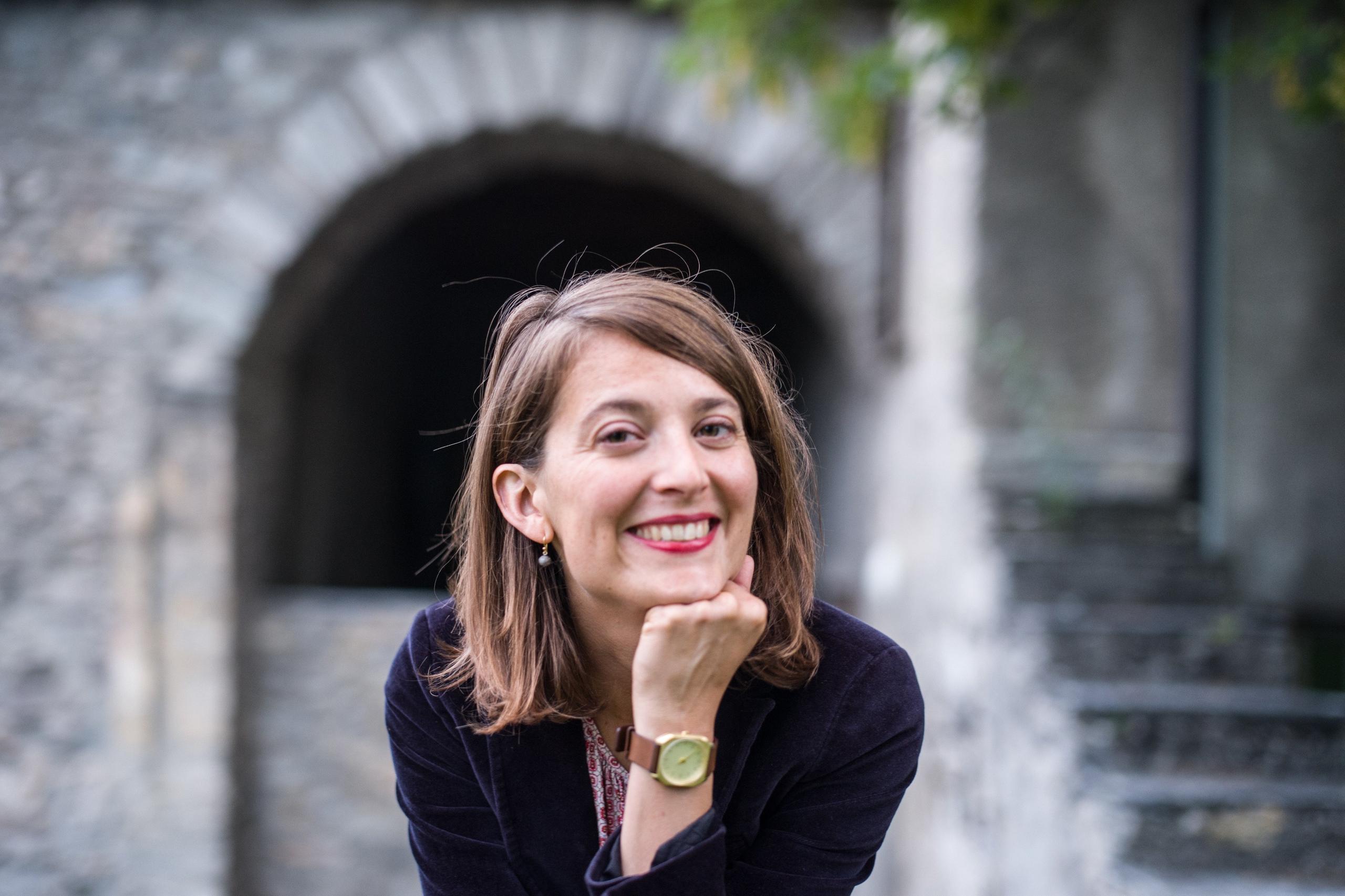
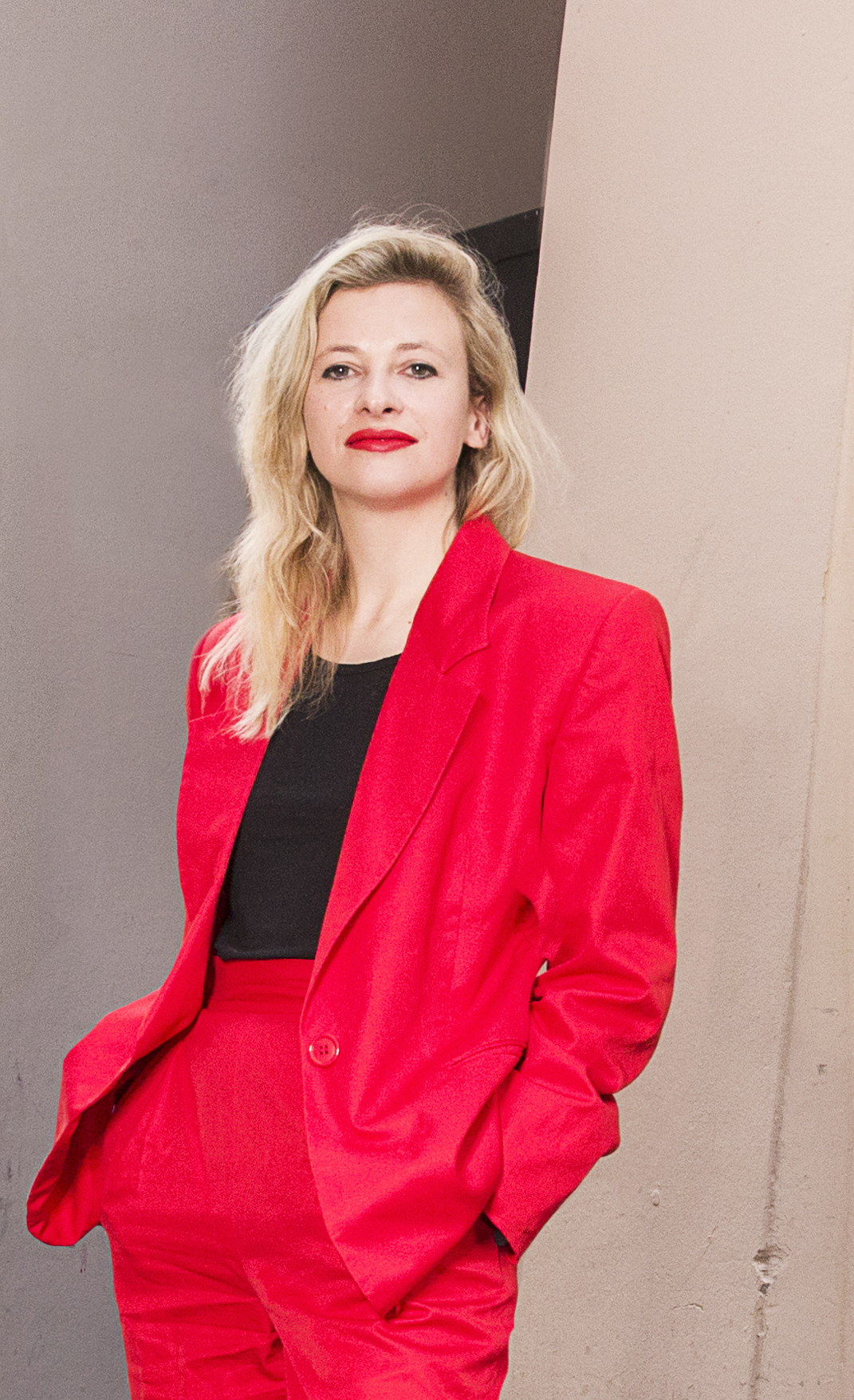
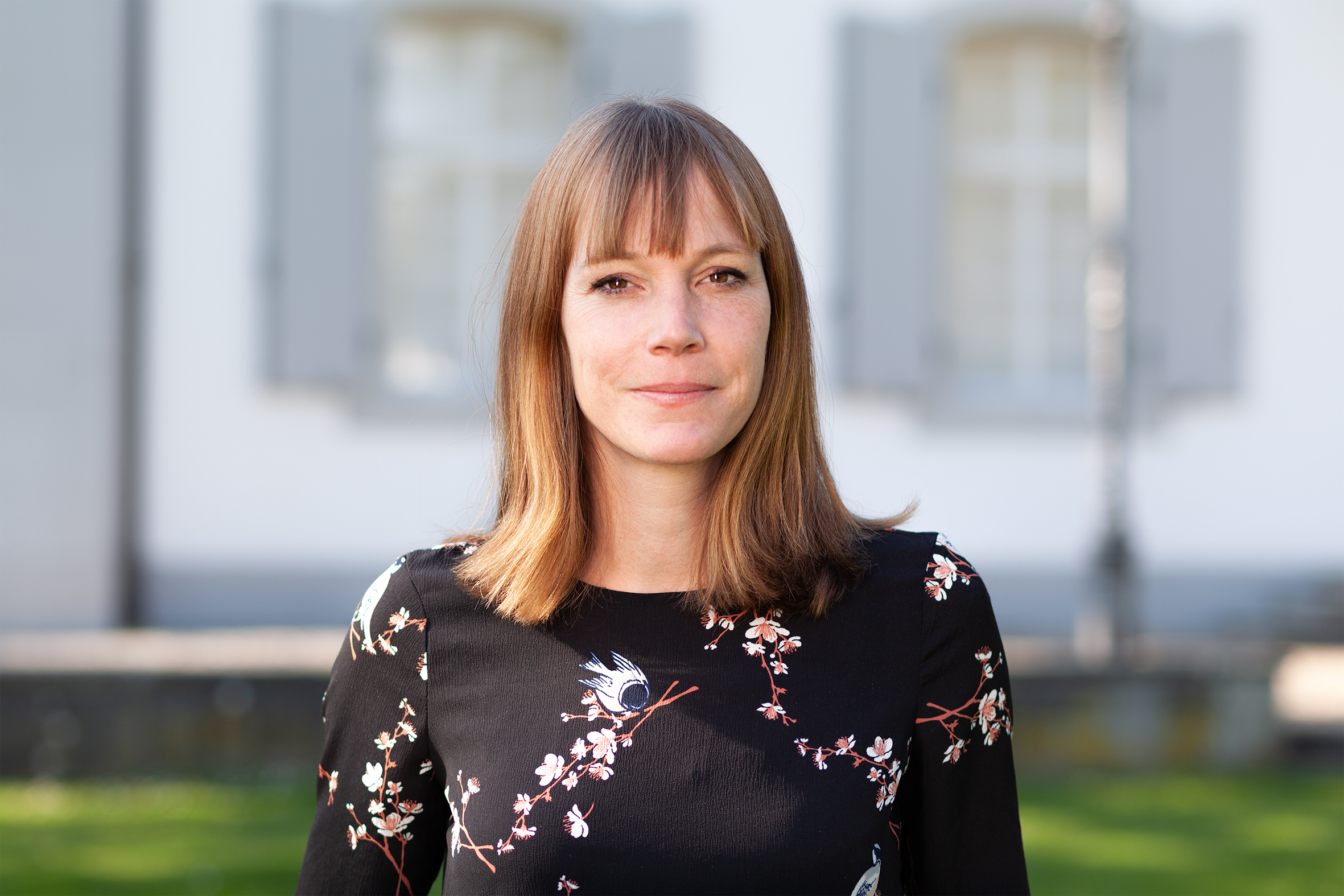
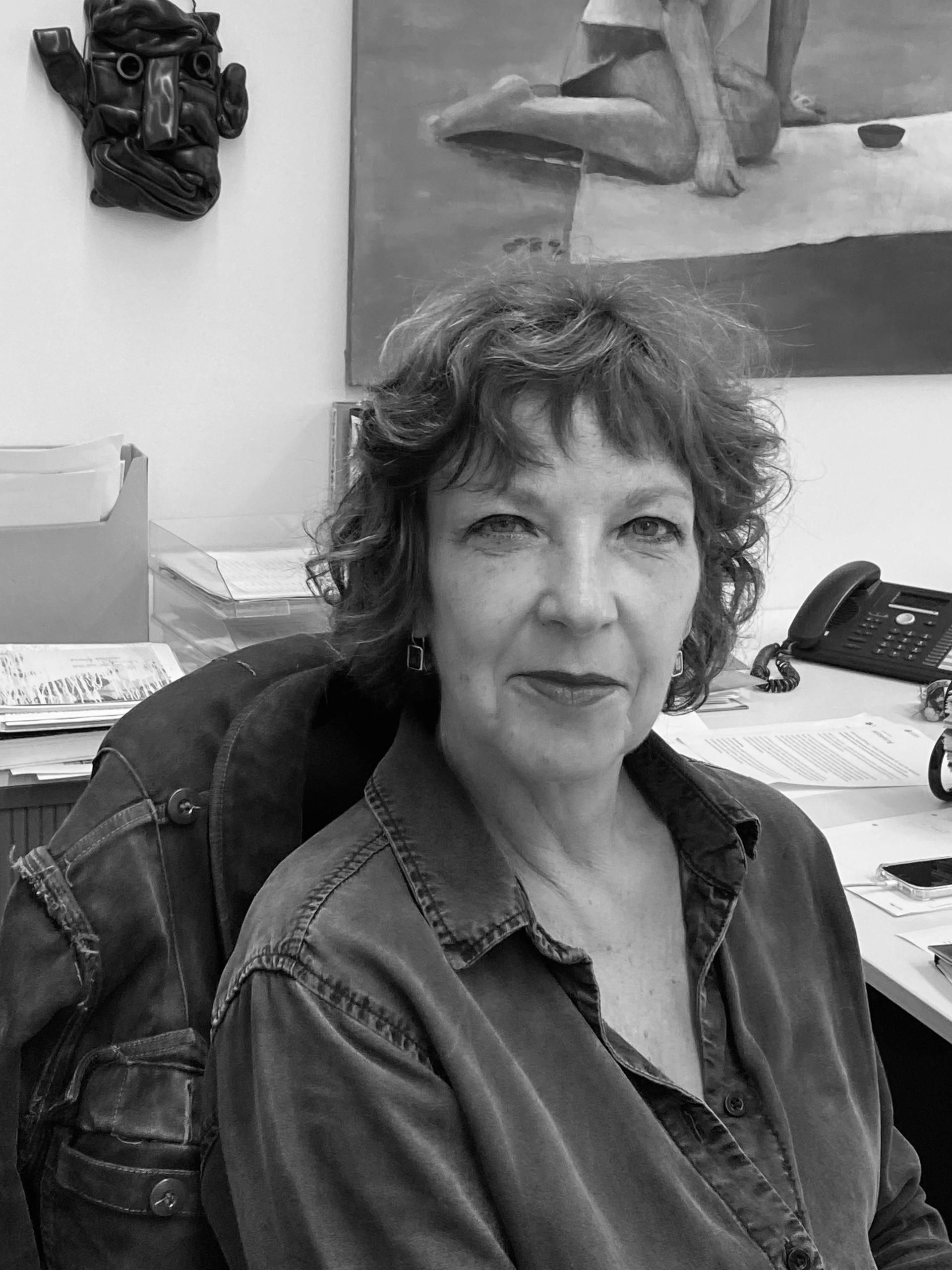
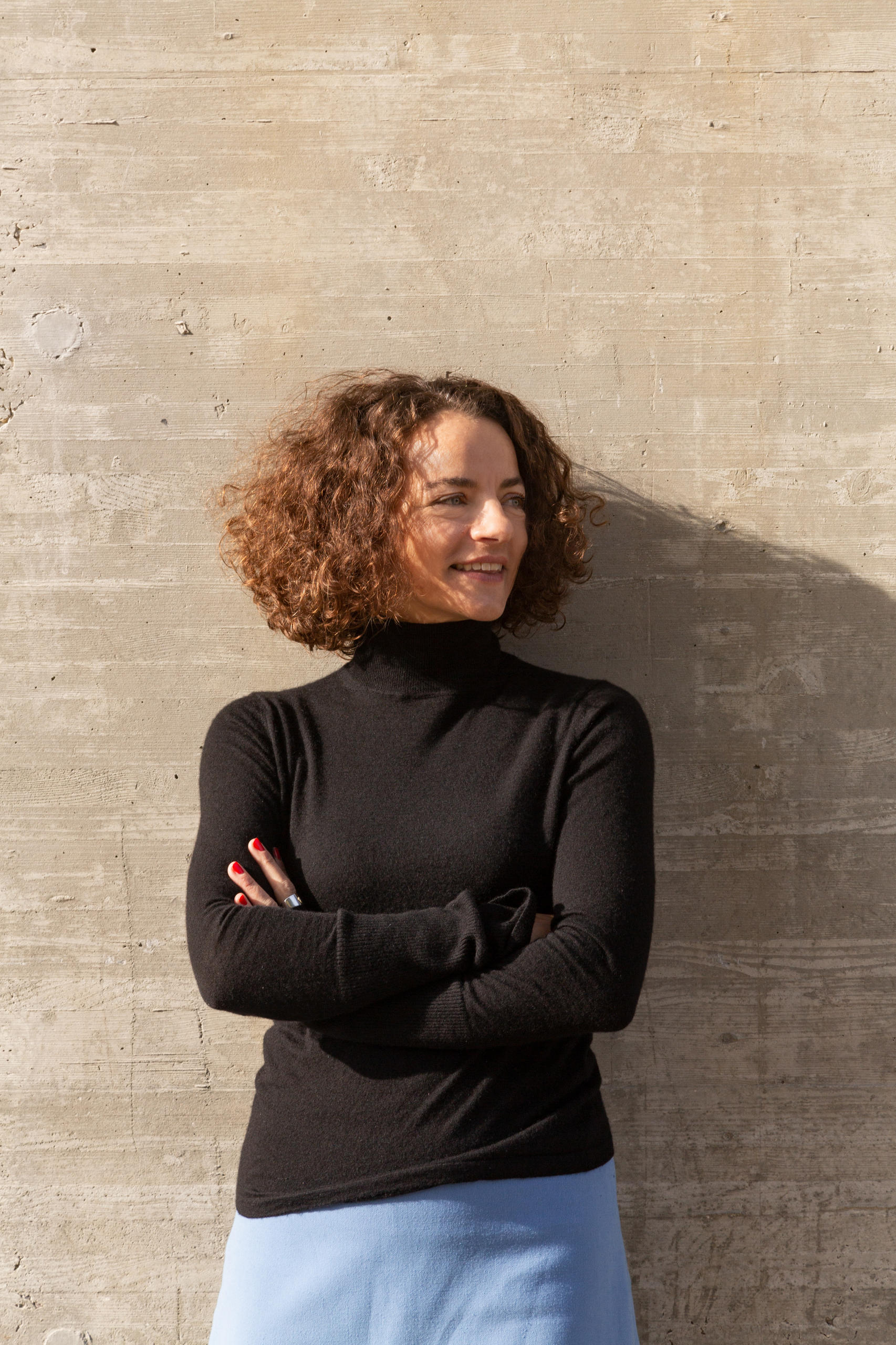
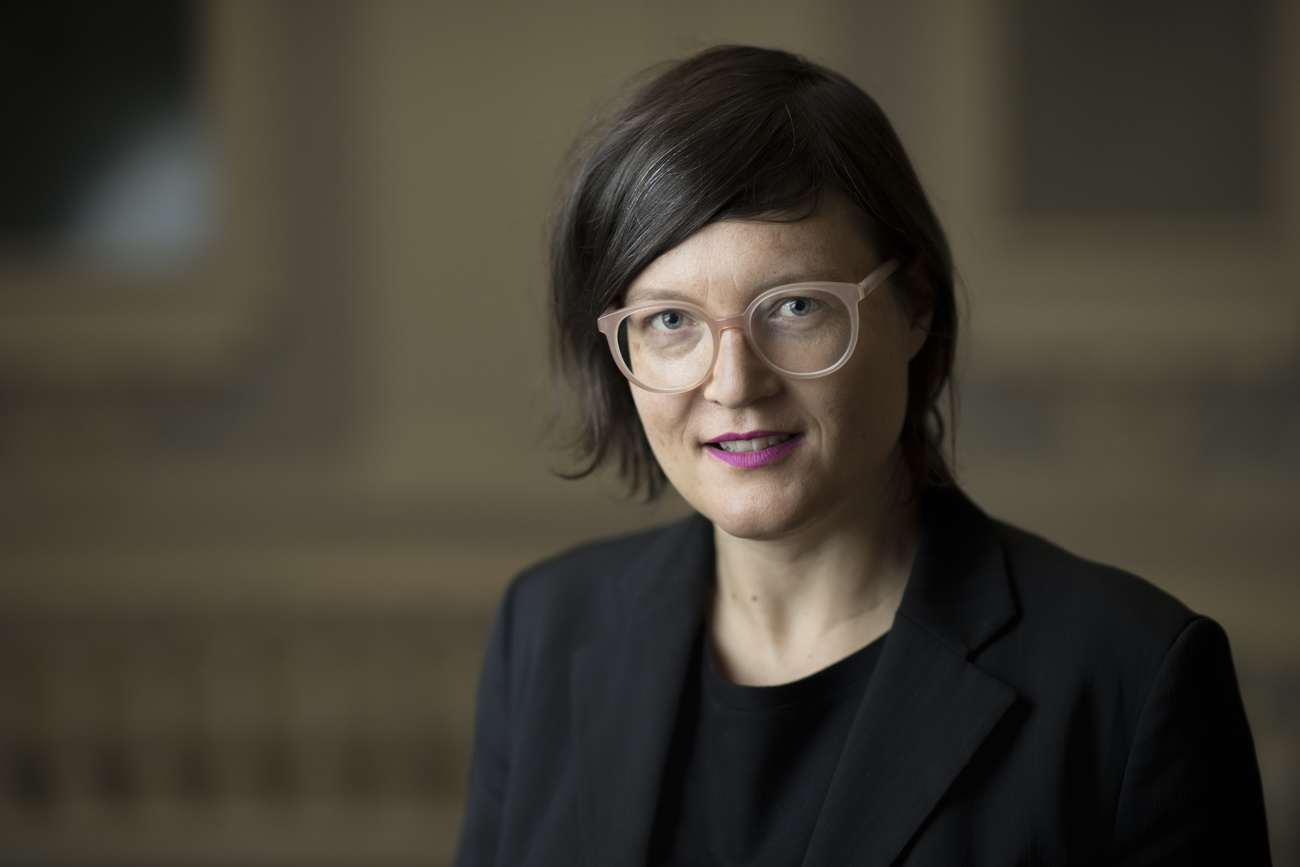
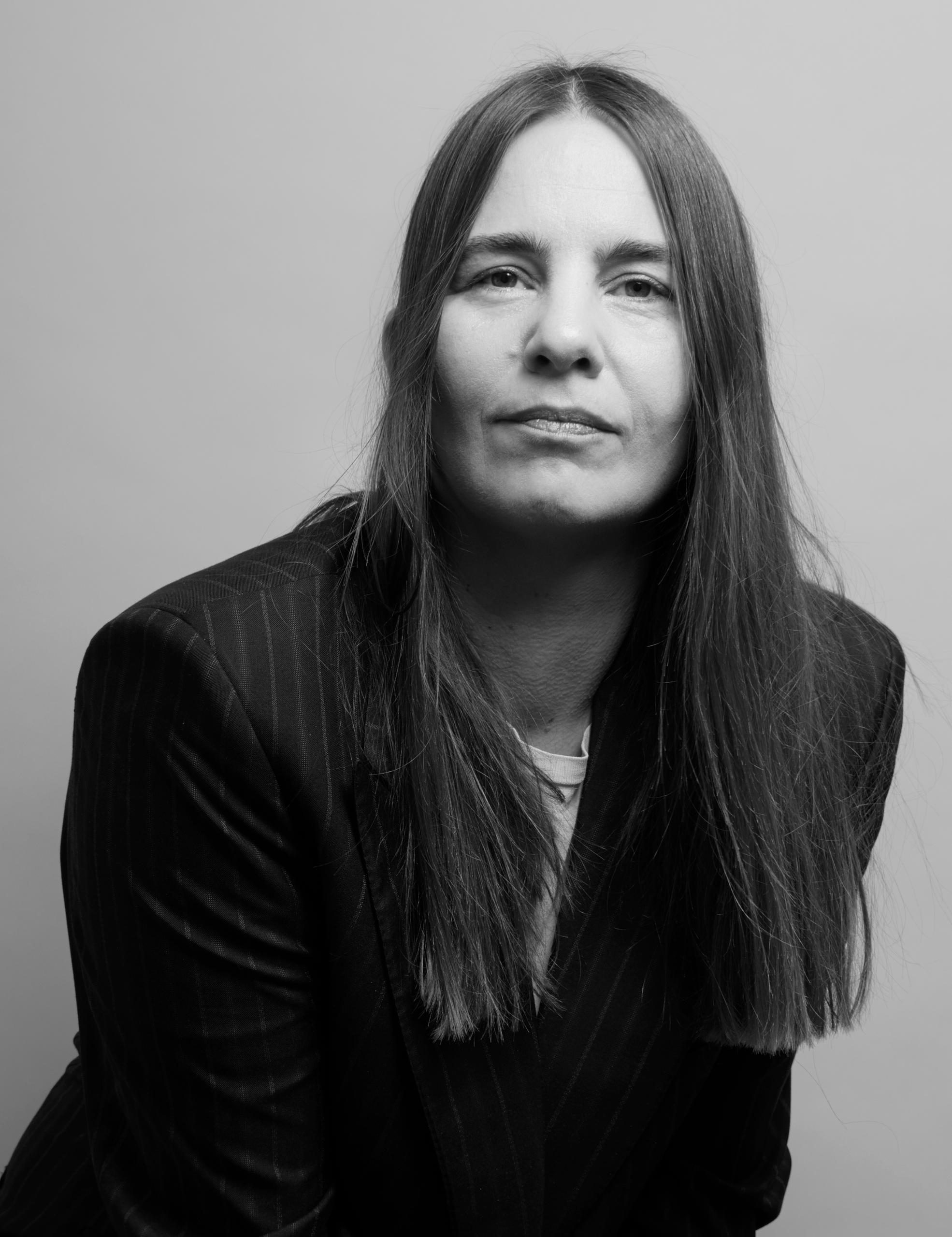
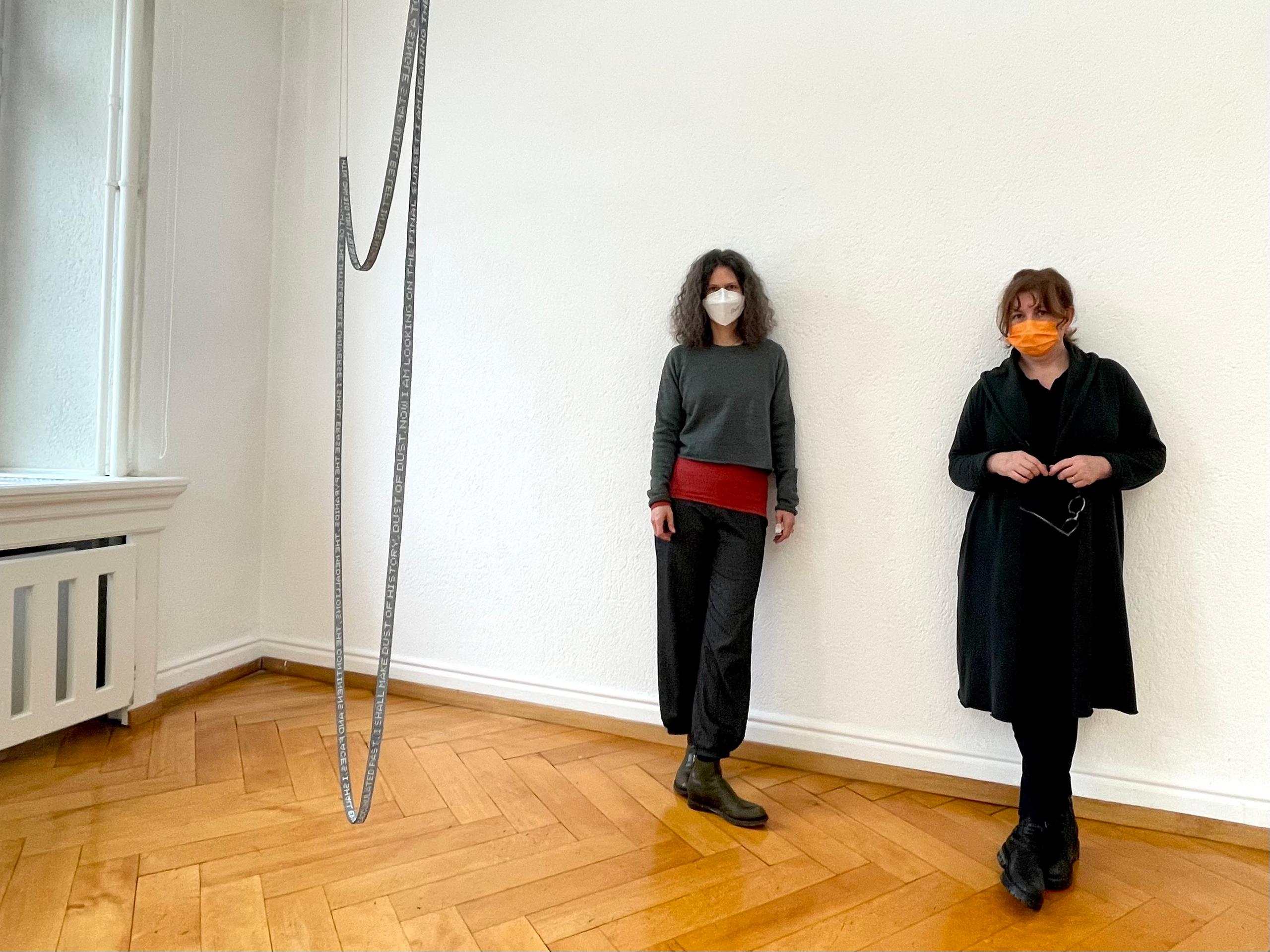
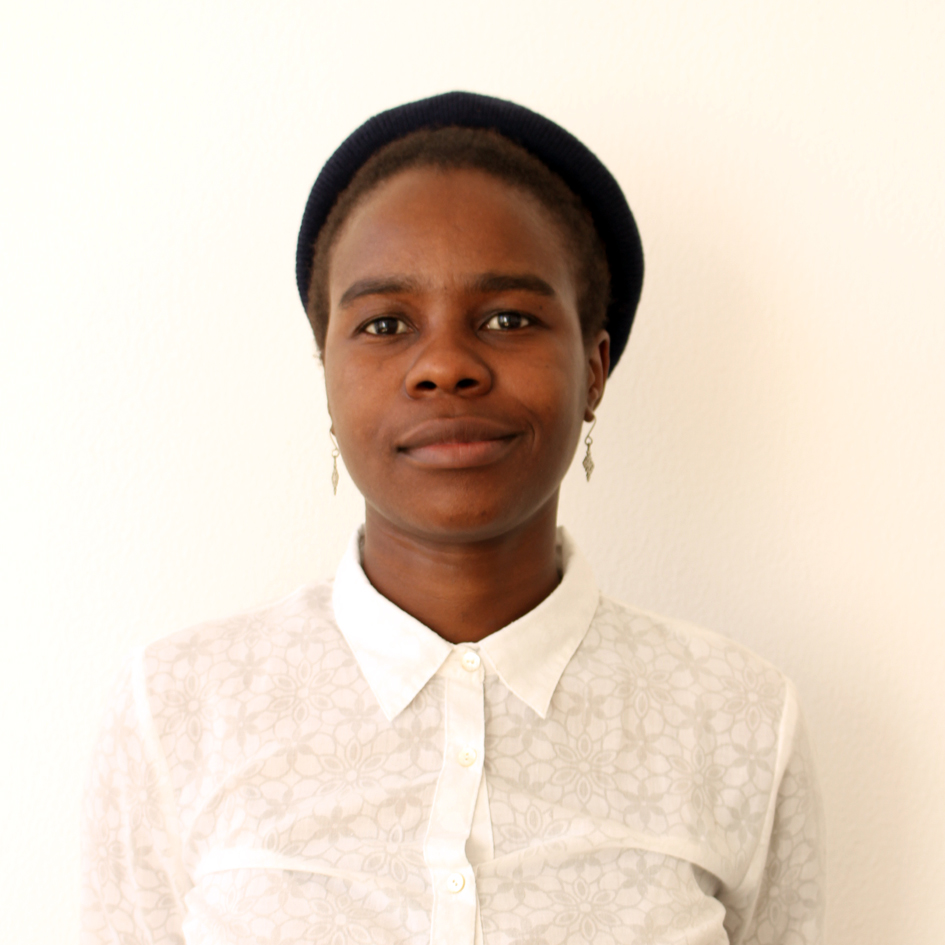
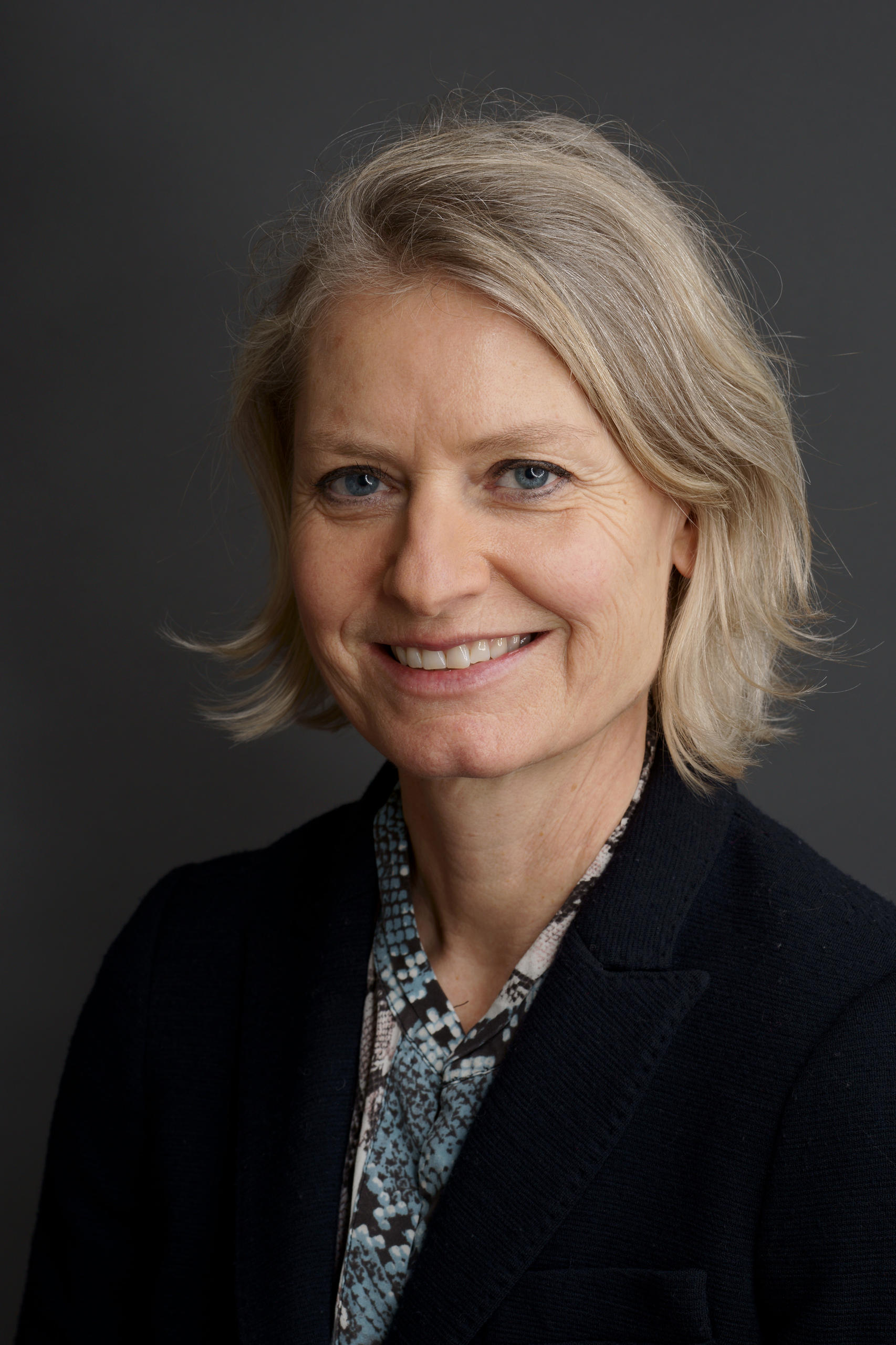
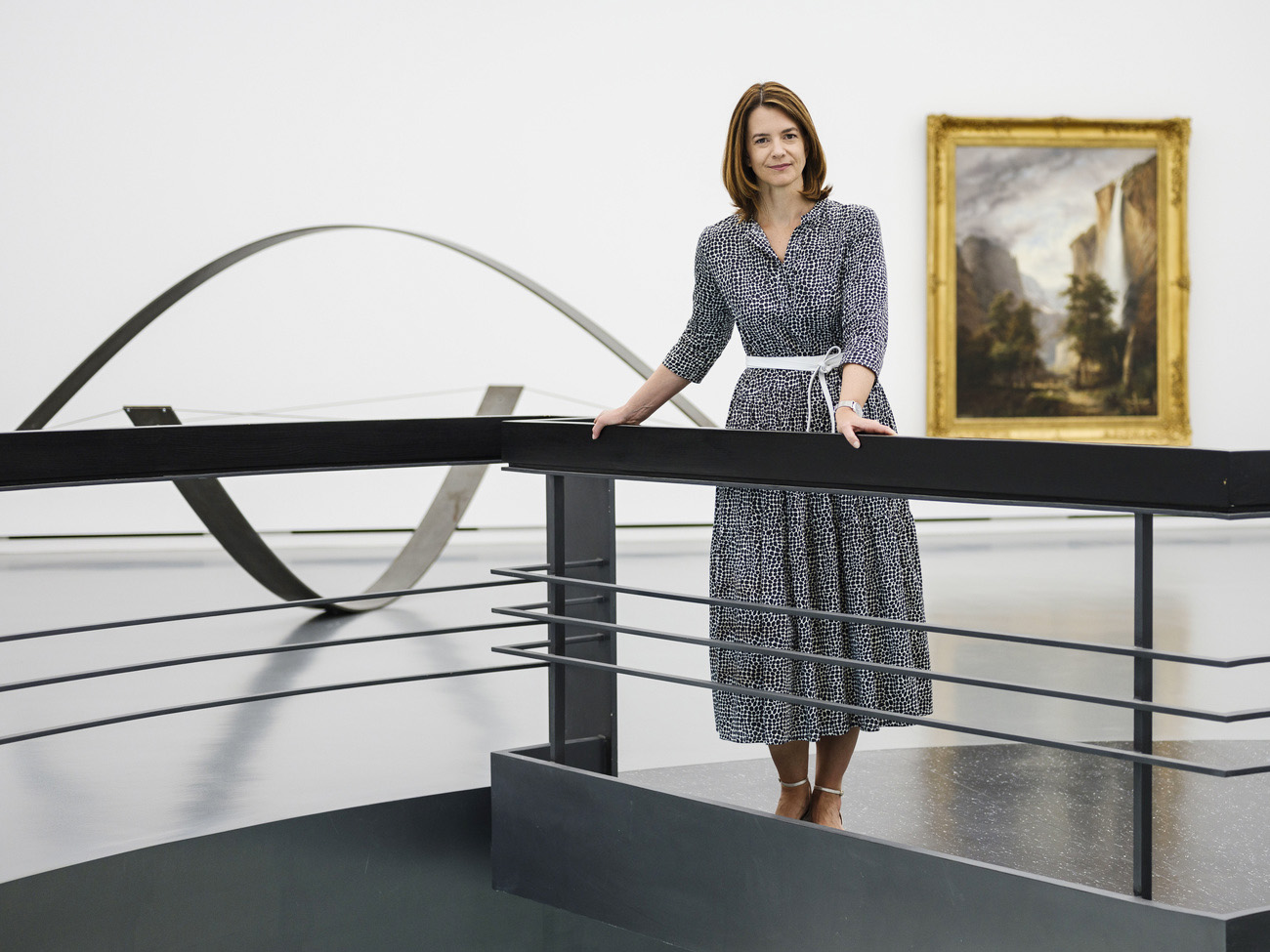
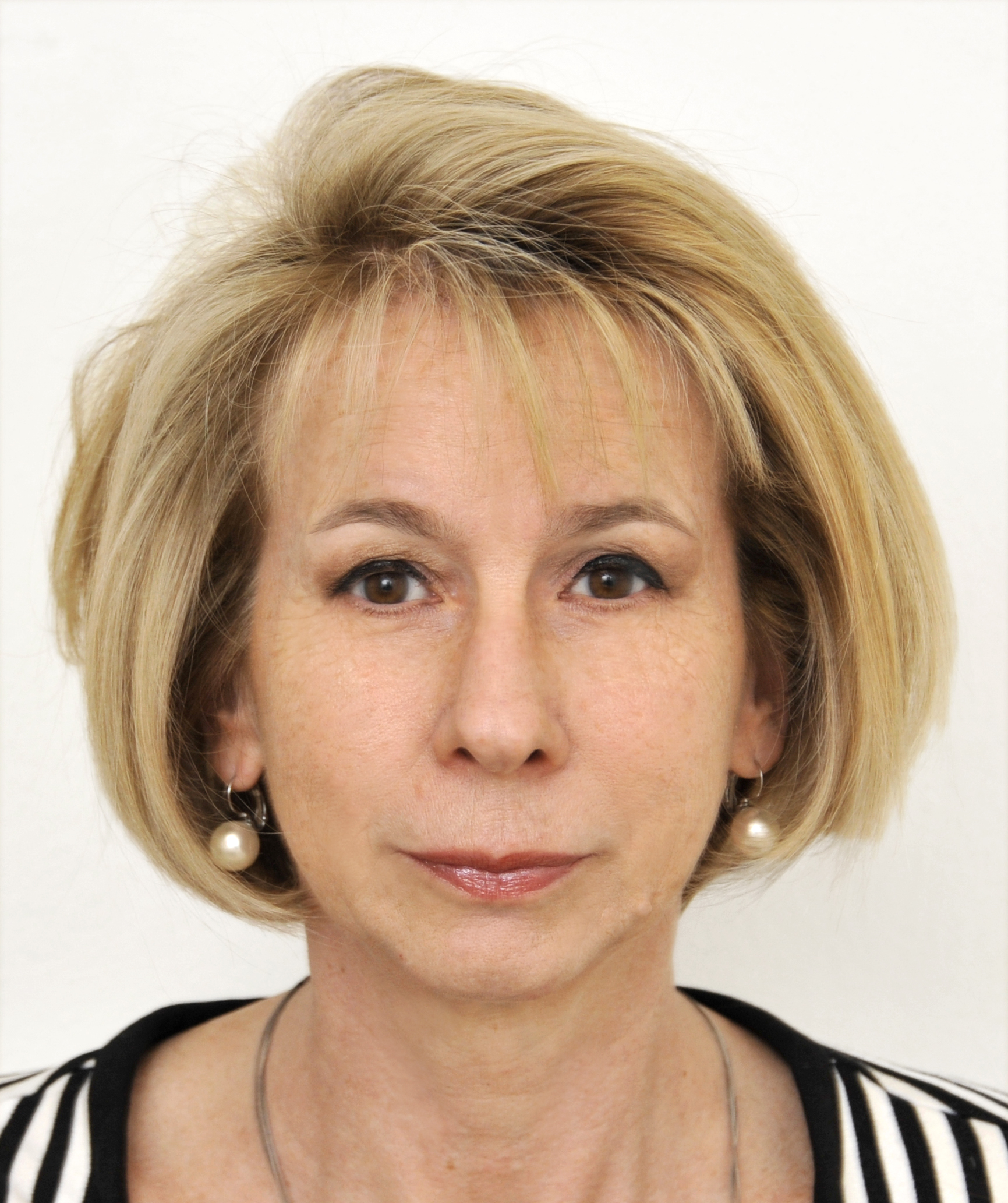
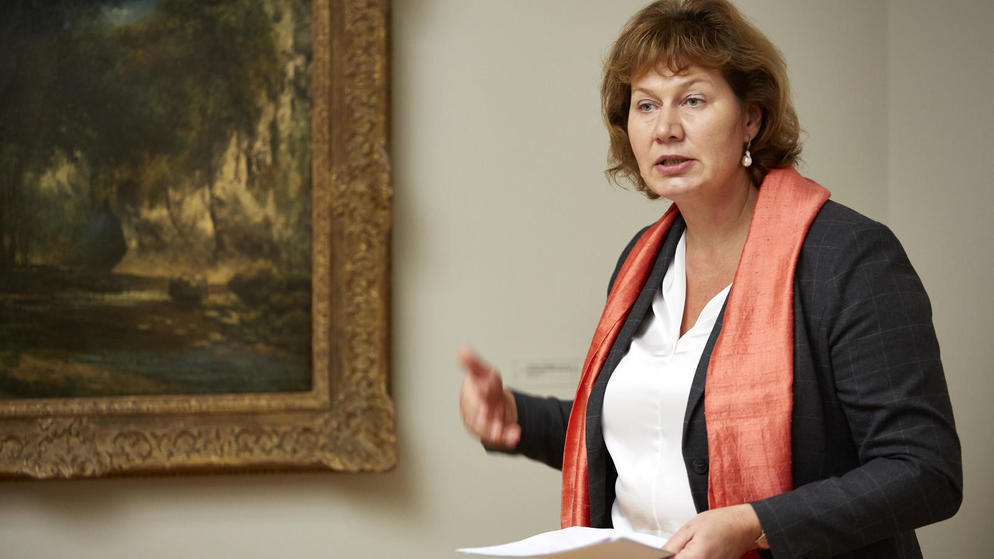
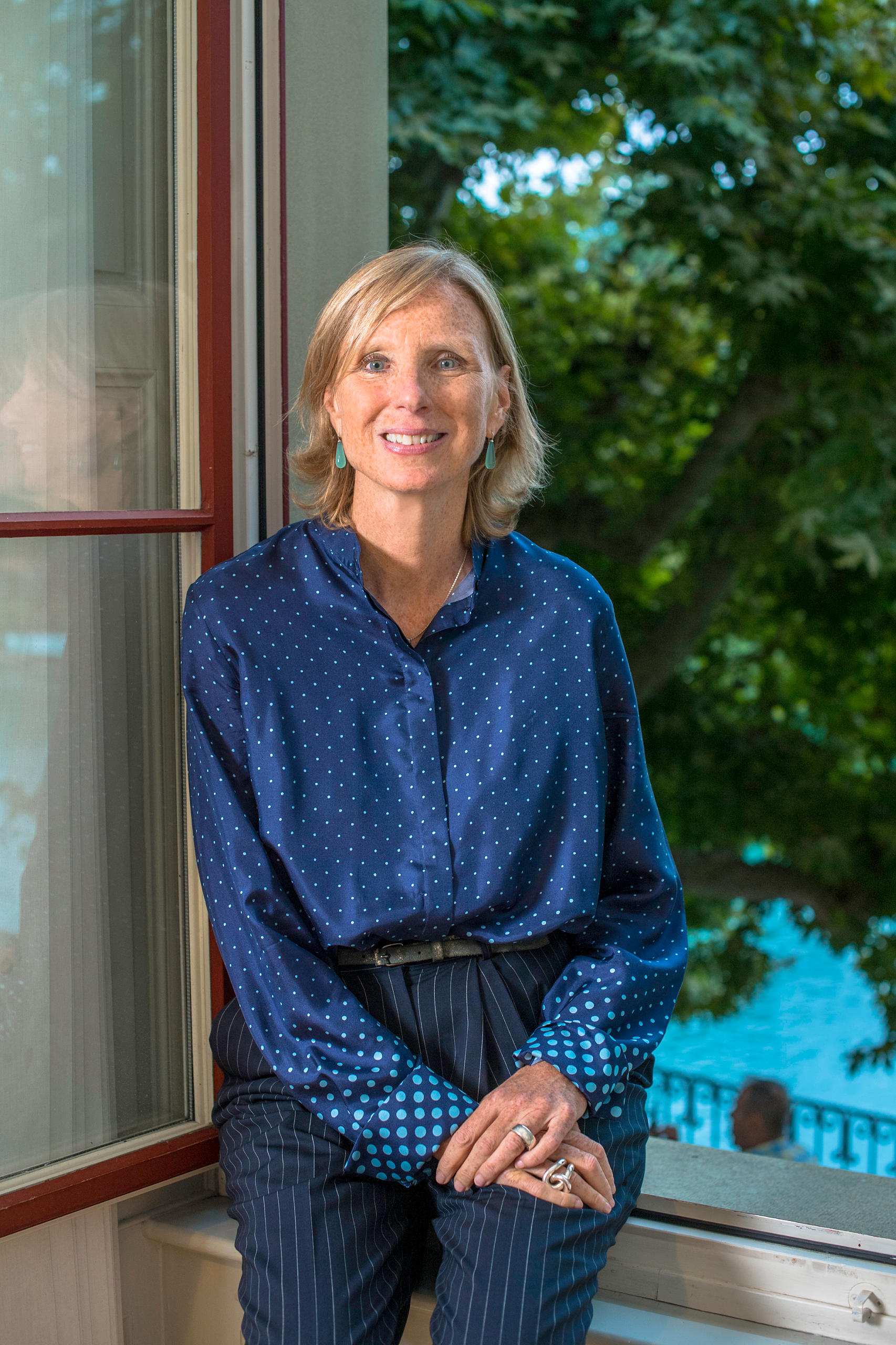


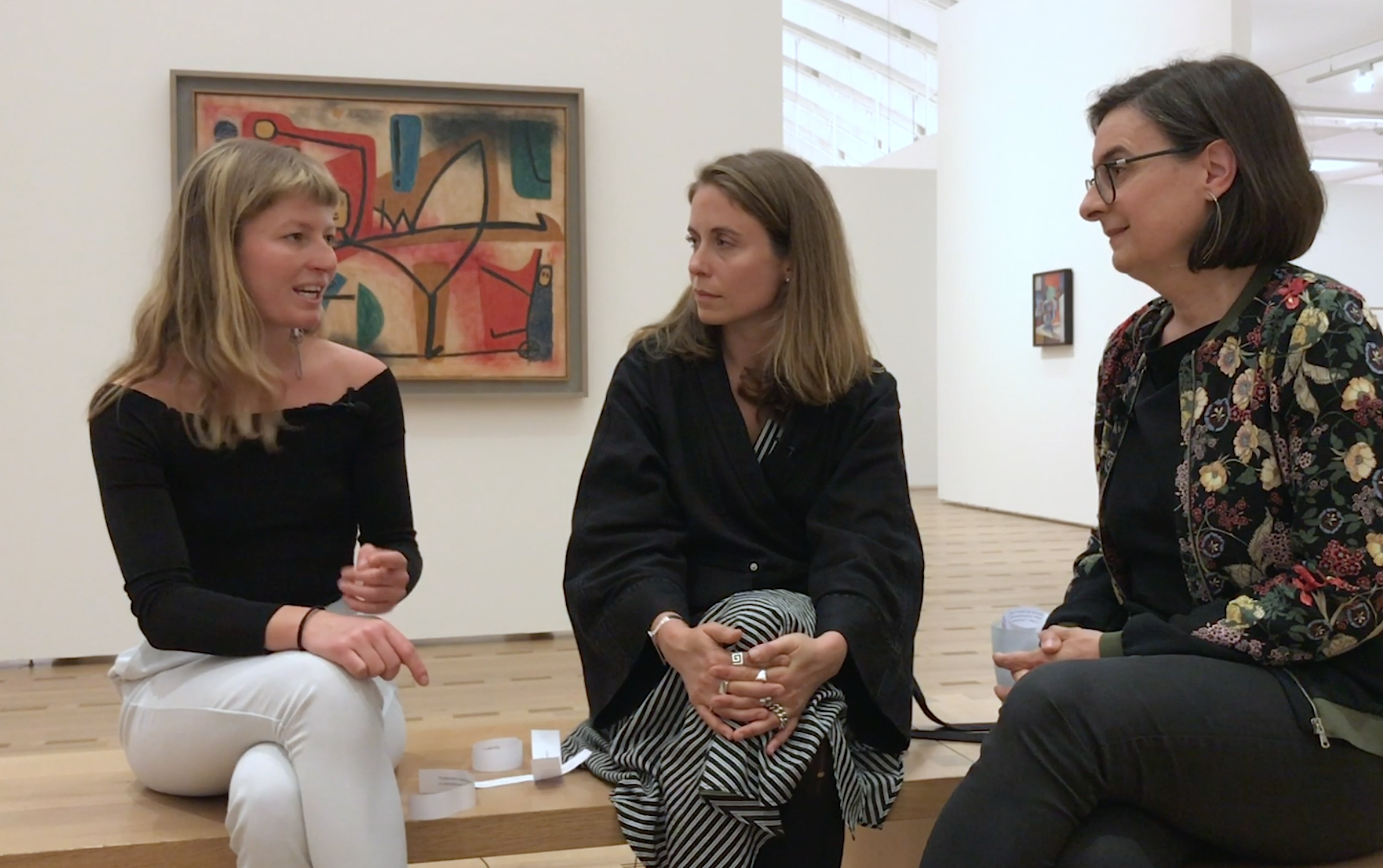
You can find an overview of ongoing debates with our journalists here . Please join us!
If you want to start a conversation about a topic raised in this article or want to report factual errors, email us at english@swissinfo.ch.